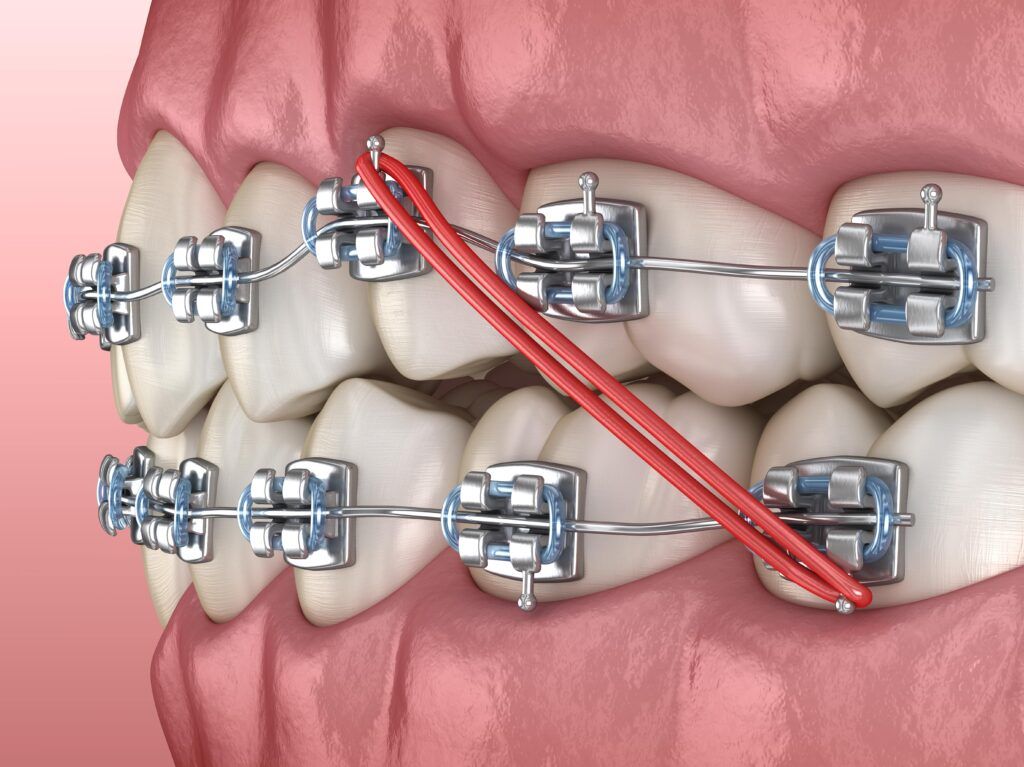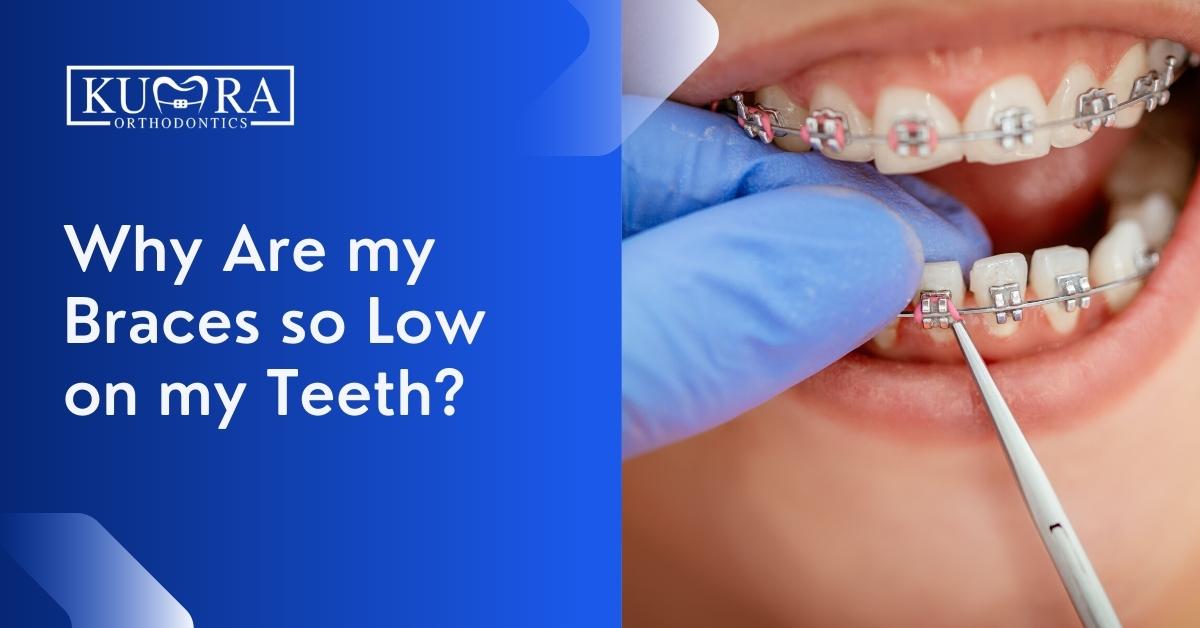Your Overview to Cumming Invisalign: Straightening Teeth with Style and Convenience
Your Overview to Cumming Invisalign: Straightening Teeth with Style and Convenience
Blog Article
Comprehensive Guide to Orthodontics Treatments for Dealing With Oral Misalignments
Understanding the intricacies of each treatment, including their mechanisms, advantages, and possible drawbacks, is crucial in making informed decisions about one's orthodontic therapy. As we navigate through the thorough guide to orthodontic treatments for dealing with oral misalignments, the detailed details of each technique will unfold, dropping light on the path towards a unified and useful dental alignment.
Orthodontic Procedures Introduction

Regular adjustments and tracking are important components of orthodontic therapy to ensure development is on track and to make any essential modifications along the method. By undertaking orthodontic procedures, patients can not only attain a straighter grin however also improve their general dental wellness and function.
Conventional Dental Braces: How They Work
When thinking about orthodontic treatments for oral imbalances, typical dental braces stand out as a time-tested approach for dealing with teeth positioning. Traditional braces include brackets, cords, and bands that collaborate to use continuous pressure on the teeth, progressively moving them right into the wanted positioning. The brackets are affixed to the teeth making use of a special adhesive, and the cables are threaded with the braces. By readjusting the tension of the cables, orthodontists can regulate the instructions and pressure related to each tooth, leading them into appropriate placement over time.
One trick facet of how conventional braces job is the procedure of bone renovation. As pressure is put on the teeth via the dental braces, the bone surrounding the teeth is improved to sustain the brand-new tooth positions. This makeover is necessary for the lasting stability of the fixed positioning. Patients will need regular modifications at the orthodontist's workplace to make sure the dental braces remain to use the right pressure for reliable teeth movement.
Unseen Aligners: Cons and pros
These clear, tailor-made trays are essentially unseen when put on, making them an attractive option for people seeking a more aesthetically pleasing orthodontic therapy. Patients can eliminate the aligners before consuming or brushing their teeth, lowering the risk of food obtaining stuck in the appliance and streamlining the cleaning procedure.

Surgical Orthodontic Options
Surgical interventions in orthodontics present practical alternatives for dealing with intricate dental misalignments that may not be properly solved via conventional orthodontic therapies. While typical braces and invisible aligners can deal with lots of orthodontic issues, certain cases require medical treatment to accomplish optimal results. Surgical orthodontic alternatives are generally suggested for serious malocclusions, considerable jaw inconsistencies, and situations where the underlying bone structure needs adjustment to achieve proper positioning.
One usual surgical orthodontic procedure is orthognathic surgical treatment, which entails repositioning the jaws to fix useful problems such as problem eating or general dental office talking. This surgery is usually done in collaboration with an orthodontist that helps straighten the teeth before and after the treatment. Surgical orthodontics may additionally include treatments to expose influenced teeth, remove excess periodontal tissue, or improve the jawbone to create a more harmonious facial account.
Prior to taking into consideration surgical orthodontic alternatives, people undergo an extensive evaluation to determine the necessity and potential advantages of such interventions. invisalign. While surgical treatment might seem daunting, it can significantly improve both the feature and aesthetics of the smile in cases where conventional orthodontic treatments drop short
Retainers and Post-Treatment Care

Failing to conform with post-treatment treatment guidelines can result in regression, where the teeth slowly move back towards their original placements. Regular retainer wear, great oral hygiene, and normal oral examinations are crucial for keeping the results attained with orthodontic surgery and guaranteeing the long-term security of the remedied dental placement.
Verdict
To conclude, orthodontic treatments supply numerous alternatives for correcting dental misalignments. Standard dental braces use metal brackets and cables to shift teeth into correct alignment. Unnoticeable aligners give a more very discreet alternative but may not be ideal for all cases. Surgical orthodontic choices are readily available for extra serious misalignments. Retainers are generally made use of post-treatment to keep the brand-new positioning. Generally, orthodontic treatments can successfully dental care for children improve oral wellness and visual appearance.
As we navigate via the detailed guide to orthodontic procedures for correcting oral misalignments, the elaborate information of each technique will certainly unfold, losing light on the path towards a functional and unified dental positioning. - cumming orthodontics
One of the most typical orthodontic therapies is the usage of braces, which consist of steel brackets and cables that use mild stress to progressively shift index teeth right into the desired position.When taking into consideration orthodontic therapies for oral imbalances, traditional braces stand out as a reliable approach for dealing with teeth placing. Additionally, unnoticeable aligners may not be ideal for intricate orthodontic concerns that require more considerable teeth activity, as they are generally suggested for light to modest instances. Retainers are personalized orthodontic gadgets designed to hold teeth in their fixed placements after the completion of orthodontic treatment.
Report this page